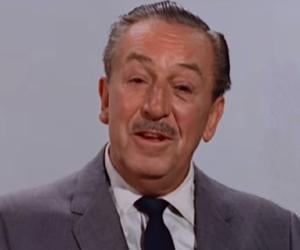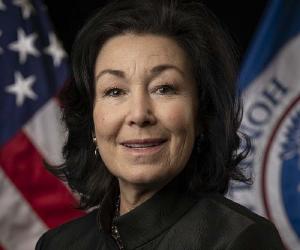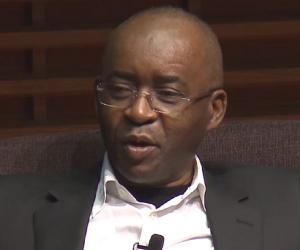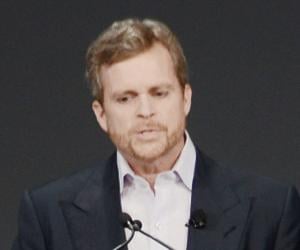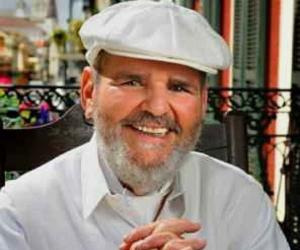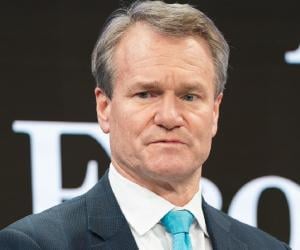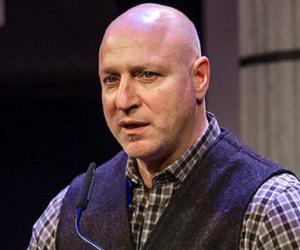Walt Disney was a showman in the truest sense of the word. A pioneering force in the world of animation, he transformed the entertainment industry with his innovative ideas and creative visions. Over his four-decade-long career, Disney revolutionized animation and played a central role in ushering in the golden age of the medium. Starting as a young animator, he quickly grew into a business magnate, becoming one of the most influential figures in the American animation industry. He co-founded The Walt Disney Company (originally known as Disney Brothers Studio) with his brother, Roy O. Disney, which went on to become one of the world's leading motion picture producers and entertainment conglomerates. Iconic cartoon characters such as Mickey Mouse, Donald Duck, Goofy, and Pluto are all creations that originated under his guidance and creativity. Mickey Mouse, in particular, became an enduring symbol of the company and earned Disney widespread acclaim. In addition to his unparalleled contributions to animation, Disney was the mastermind behind Disneyland, an innovative theme park that became a magical destination for children and adults alike. His vision extended beyond just entertainment—Disneyland was designed to bring stories to life and create immersive experiences for visitors.
No other individual has singularly influenced the animation industry and modern entertainment as profoundly as Walt Disney. His legacy endures through the company he built, the beloved characters he created, and the visionary theme parks he inspired.
Also Known As: Walter Elias Disney
Died At Age: 65
Spouse/Ex-: Lillian Bounds (1925–66)
father: Elias Disney
mother: Flora Call Disney
siblings: Herbert Arthur Disney, Raymond Arnold Disney, Roy Oliver Disney, Ruth Flora Disney
children: Diane Marie Disney, Sharon Mae Disney
Born Country: United States
American Men American Entrepreneurs
Height: 5'10" (178 cm), 5'10" Males
political ideology: Republican
Died on: December 15, 1966
place of death: Burbank, California, United States
Ancestry: German American, Canadian American, British American, Irish American, Indian American
City: Chicago, Illinois
Notable Alumni: Kansas City Art Institute, School Of The Art Institute Of Chicago
Grouping of People: Smoker
Cause of Death: Lung Cancer
U.S. State: Illinois
Founder/Co-Founder: The Walt Disney Company
education: School Of The Art Institute Of Chicago, Kansas City Art Institute
The family moved to Kansas City in 1911, where he received his early education. Walter Pfeiffer, theatre aficionado, became an early guiding light for him as he introduced young Disney to a world of vaudeville and motion pictures.
The dream-run for Disney ended in 1928, when he realized that Universal Pictures had bought the trademark for Oswald and that most of his creative designers, except Iwerk, had forsaken him for the Universal Pictures.
He died on December 15, 1966, due to lung cancer. Two days later, he was cremated and his ashes were interred at the Forest Lawn Memorial Park in Glendale, California.


